Bones of Black children killed in police bombing used in Ivy League anthropology course
Share
Explore Our Galleries
Breaking News!
Today's news and culture by Black and other reporters in the Black and mainstream media.
Ways to Support ABHM?
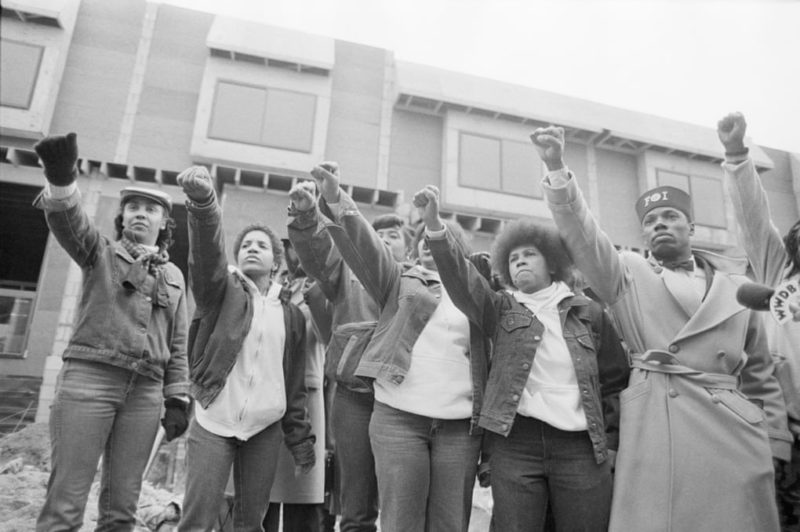
Remains of those killed in 1985 Move bombing in Philadelphia serve as ‘case study’ in Princeton-backed course
The bones of Black children who died in 1985 after their home was bombed by Philadelphia police in a confrontation with the Black liberation group which was raising them are being used as a “case study” in an online forensic anthropology course presented by an Ivy League professor.
It has emerged that the physical remains of one, or possibly two, of the children who were killed in the aerial bombing of the Move organization in May 1985 have been guarded over the past 36 years in the anthropological collections of the University of Pennsylvania and Princeton.
The institutions have held on to the heavily burned fragments, and since 2019 have been deploying them for teaching purposes without the permission of the deceased’s living parents.
To the astonishment and dismay of present-day Move members, some of the bones are being deployed as artifacts in an online course presented in the name of Princeton and hosted by the online study platform Coursera. Real Bones: Adventures in Forensic Anthropology focuses on “lost personhood” – cases where an individual cannot be identified due to the decomposed condition of their remains.
It uses as its main “case study” the events of May 1985, producing as prime evidence a set of bones belonging to a girl in her teens retrieved from the ashes of the Move house at 6221 Osage Avenue in Philadelphia…
Read the full article here
Learn more about MOVE bombing here
More Breaking News here.
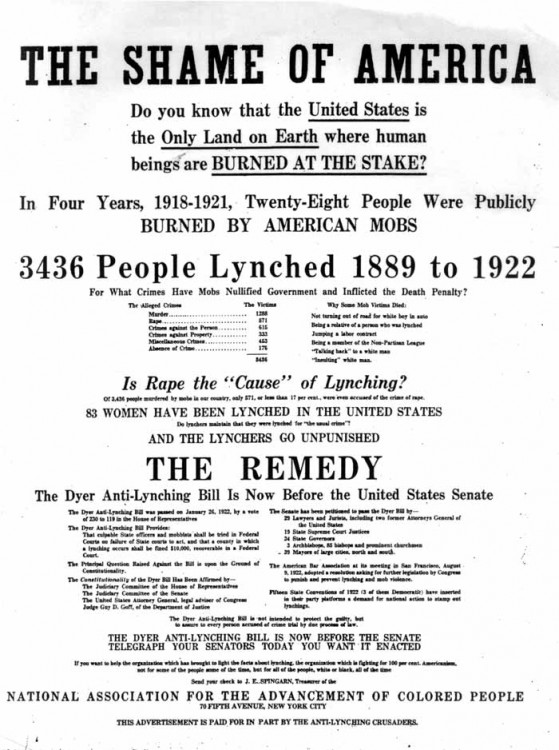
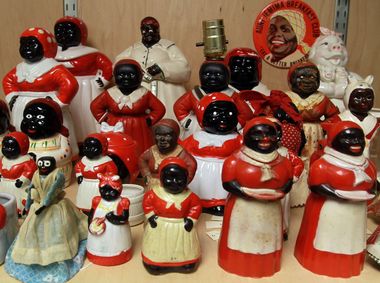


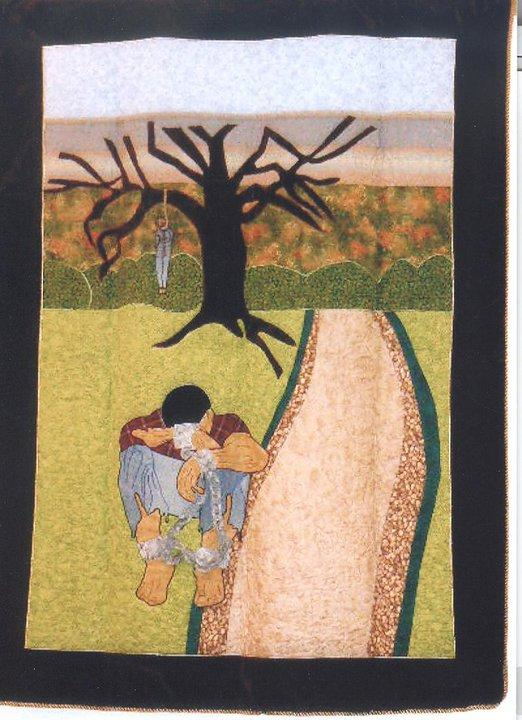
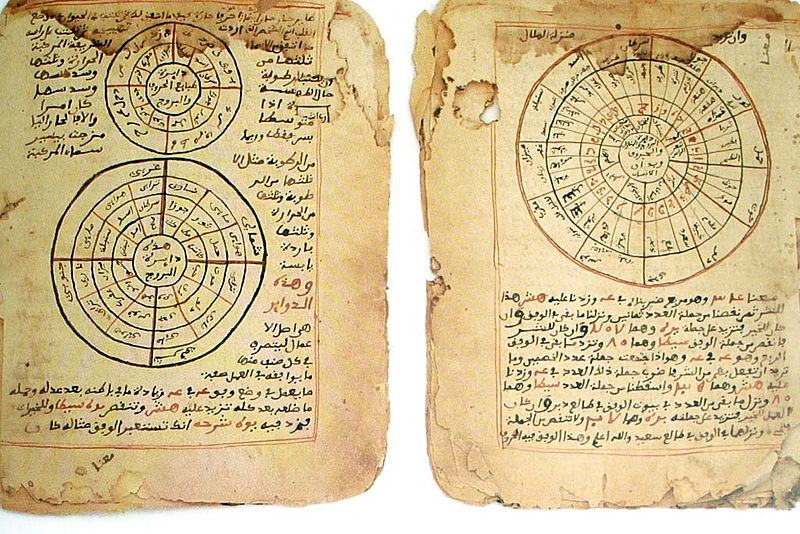
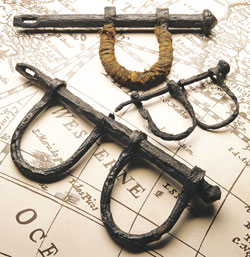


Comments Are Welcome
Note: We moderate submissions in order to create a space for meaningful dialogue, a space where museum visitors – adults and youth –– can exchange informed, thoughtful, and relevant comments that add value to our exhibits.
Racial slurs, personal attacks, obscenity, profanity, and SHOUTING do not meet the above standard. Such comments are posted in the exhibit Hateful Speech. Commercial promotions, impersonations, and incoherent comments likewise fail to meet our goals, so will not be posted. Submissions longer than 120 words will be shortened.
See our full Comments Policy here.